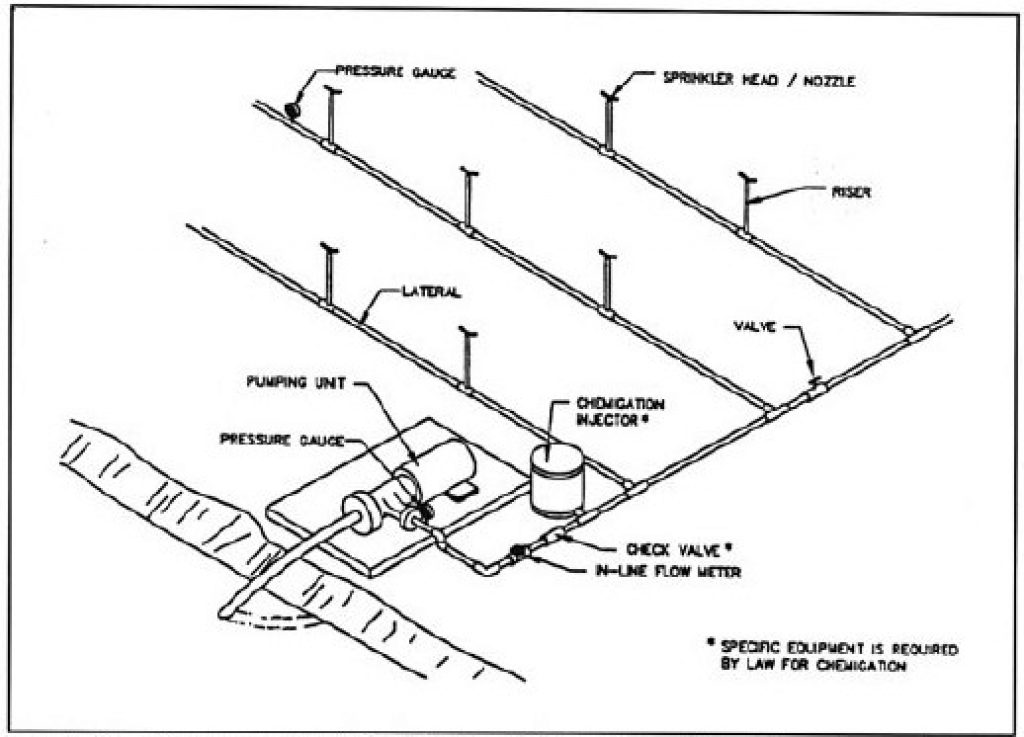Fire prevention measures is an essential responsibility for building managers. Two key components of fire safety are automatic fire suppression systems and fire team exercises. Automatic fire suppression setups prevent fires from spreading, organized fire response units ensure swift action.
How Do Sprinkler Systems Work?
Sprinkler systems react immediately by dispersing water when heat activates them. Sprinkler valves targets specific areas, localizing the response.

Key parts of fire suppression systems include:
- Fire response heads: Control fire spread to extinguish flames.
- Flow system: Connects water sources to sprinklers.
- Control systems: Ensure proper activation.
- Emergency water tanks: Supports continuous flow.
The Importance of Fire Brigade Training
Emergency response drills readies groups to handle fire emergencies. Training exercises enhance situational awareness, minimizing risks during dangerous conditions.

Important parts of fire brigade training include:
- Risk management strategies: Minimizing potential dangers.
- Evacuation drills: Organizing orderly exits.
- Hands-on fire control: Gaining confidence in fire control.
- Communication in emergencies: Executing plans as a team.
treinamento de brigada de incêndiosistema de sprinklerssistema sprinkler
The Synergy Between Fire Suppression and Emergency Training
Using automatic fire suppression with team safety exercises enhances fire protection efforts. Sprinklers control the fire early, while trained fire brigades step in to manage the situation.

This dual approach supports robust emergency plans for homes, workspaces, and industrial facilities alike.
Conclusion: Prioritizing Fire Safety with Sprinklers and Training
Equipping your property with fire suppression technology and providing fire brigade training provides peace of mind. When used in combination, these measures mitigate fire risks.
Start improving your fire safety today by consulting fire suppression experts and initiating fire brigade training. Preparedness is the key to protection!